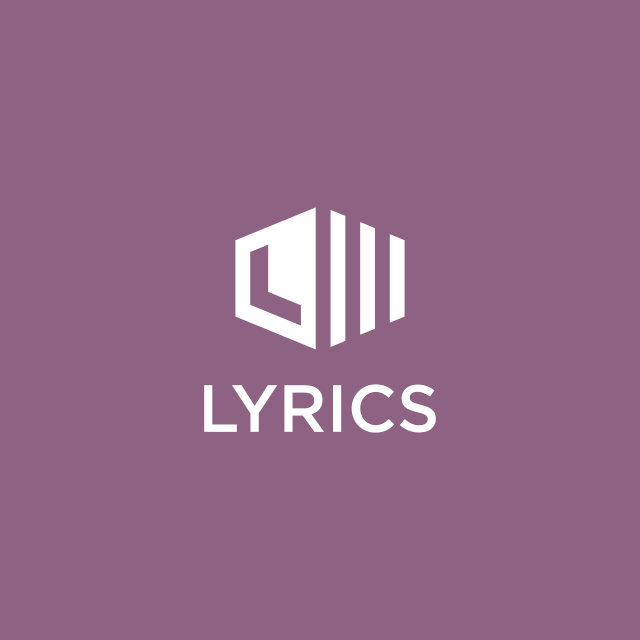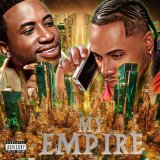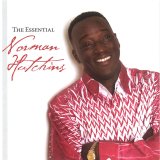Famous lyrics by »
Computer-assisted language learning (CALL), British, or Computer-Aided Instruction (CAI)/Computer-Aided Language Instruction (CALI), American, is briefly defined in a seminal work by Levy (1997: p. 1) as "the search for and study of applications of the computer in language teaching and learning". CALL embraces a wide range of information and communications technology applications and approaches to teaching and learning foreign languages, from the "traditional" drill-and-practice programs that characterised CALL in the 1960s and 1970s to more recent manifestations of CALL, e.g. as used in a virtual learning environment and Web-based distance learning. It also extends to the use of corpora and concordancers, interactive whiteboards, computer-mediated communication (CMC), language learning in virtual worlds, and mobile-assisted language learning (MALL).The term CALI (computer-assisted language instruction) was in use before CALL, reflecting its origins as a subset of the general term CAI (computer-assisted instruction). CALI fell out of favour among language teachers, however, as it appeared to imply a teacher-centred approach (instructional), whereas language teachers are more inclined to prefer a student-centred approach, focusing on learning rather than instruction. CALL began to replace CALI in the early 1980s (Davies & Higgins 1982: p. 3) and it is now incorporated into the names of the growing number of professional associations worldwide. An alternative term, technology-enhanced language learning (TELL), also emerged around the early 1990s: e.g. the TELL Consortium project, University of Hull. The current philosophy of CALL puts a strong emphasis on student-centred materials that allow learners to work on their own. Such materials may be structured or unstructured, but they normally embody two important features: interactive learning and individualised learning. CALL uses tools that help teachers facilitate the language learning process. They can be used to reinforce what has already been learned in the classroom or help learners who require additional support. The design of CALL materials generally takes into consideration principles of language pedagogy and methodology, which may be derived from different learning theories (e.g., behaviourist, cognitive, constructivist) and second-language learning theories such as Stephen Krashen's monitor hypothesis. A combination of face-to-face teaching and CALL is usually referred to as blended learning. Blended learning is designed to increase learning potential and is more commonly found than pure CALL (Pegrum 2009: p. 27).See Davies et al. (2011: Section 1.1, What is CALL?). See also Levy & Hubbard (2005), who raise the question Why call CALL "CALL"?
0 fans
Albums by CallSort:By AlbumA - Z
Unknown Album
| Song | Duration |
|---|---|
| List of All My Yearning | 3:36 |
| Eat On | 3:03 |
| Castle Black | 3:43 |
| Triforce (feat. Link7*) | 4:08 |
| Vivid Vision | 2:38 |
| Safe and Sound | 1:48 |
| Excalibur Unsheathed | 2:54 |
| Stars Trek | 1:44 |
| Excel | 6:51 |
| Humse Ha Yeh Zamana | |
| Outer-Space | 3:00 |
| Drinks With Dionysus | 4:51 |
| Pandora | 3:31 |
| Cogent | 3:10 |
| Still Around | 3:27 |
| Inside Diamond Nimbus | 3:27 |
| Limitless | 4:00 |
| Laaree Chootee | 3:57 |
| Still | 3:17 |
| Xtra Groove | 3:32 |
| Kaash | |
| Oceans | 1:55 |
| Wave | 2:44 |
| Game Day | 1:26 |
| Elevate to Jedi Master | 2:05 |
| Porcelain God | 3:35 |
| Rambo | 1:32 |
| Stampede | 5:28 |
| Deserts | 3:50 |
| PPG (feat. DJ Darth, DJ Lokko & Hashthug) | 2:19 |
| Unlimited Faith | 2:38 |
| Binah | 5:02 |
| Safe Haven (feat. Link7*) | 2:51 |
| Seat of the Soul | 3:30 |
| Eternal | 3:19 |
| Nice Date | 2:46 |
| Onto Diamond Age | 2:59 |
| Big Band | 2:59 |
| I Don't Wanna | |
| The Morning | |
| Like You Never Been Loved | |
| !All Day! | 5:27 |
| Soch | 5:04 |
| Nishaan | 5:38 |
| Let The Day Begin | |
| It Could Have Been Me |







Share your thoughts on Call with the community:
Report Comment
We're doing our best to make sure our content is useful, accurate and safe.
If by any chance you spot an inappropriate comment while navigating through our website please use this form to let us know, and we'll take care of it shortly.
Attachment
You need to be logged in to favorite.
Log In